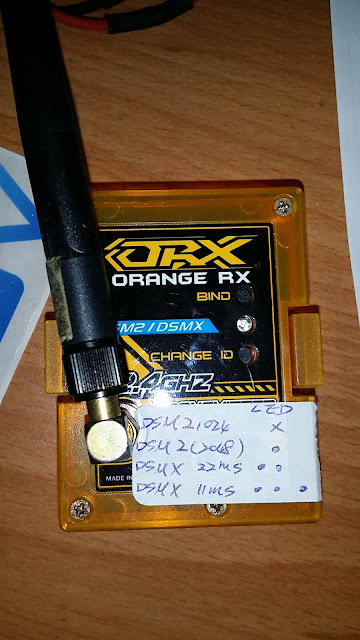Orange DSM2/DSMx tx modules... how to make it work correctly?

I have been using turnigy controller for quite a long time.... The first module I used is a orange rx module: I'm not sure what is the version I have, but I guess it's v1, it communicate with controller through PPM, so it fit into my old JR 9X II as well. it does support 4 types of DSM. at binding, it will try to find out what is the dsm type of receiver, and set itself into that mode, and stay in that mode. and the LED will blink according to the mode: DSM2 1024: no LED DSM2 2048:1 blink DSMX 22ms: 2 blinks DSMX 11ms: 3 blinks If your last fly is with DSM2 2014 receiver(such as old orange 6 chs), and try to fly with receiver in another mode, you will see the light on receiver is on, but servo does move,(or some move, some does not, incorrect any way...) you can press the bind button 3 times(fast..) to switch operation mode of the module in sequence, you can see this through LED,and find the one works... Some times later, there is a internal module: